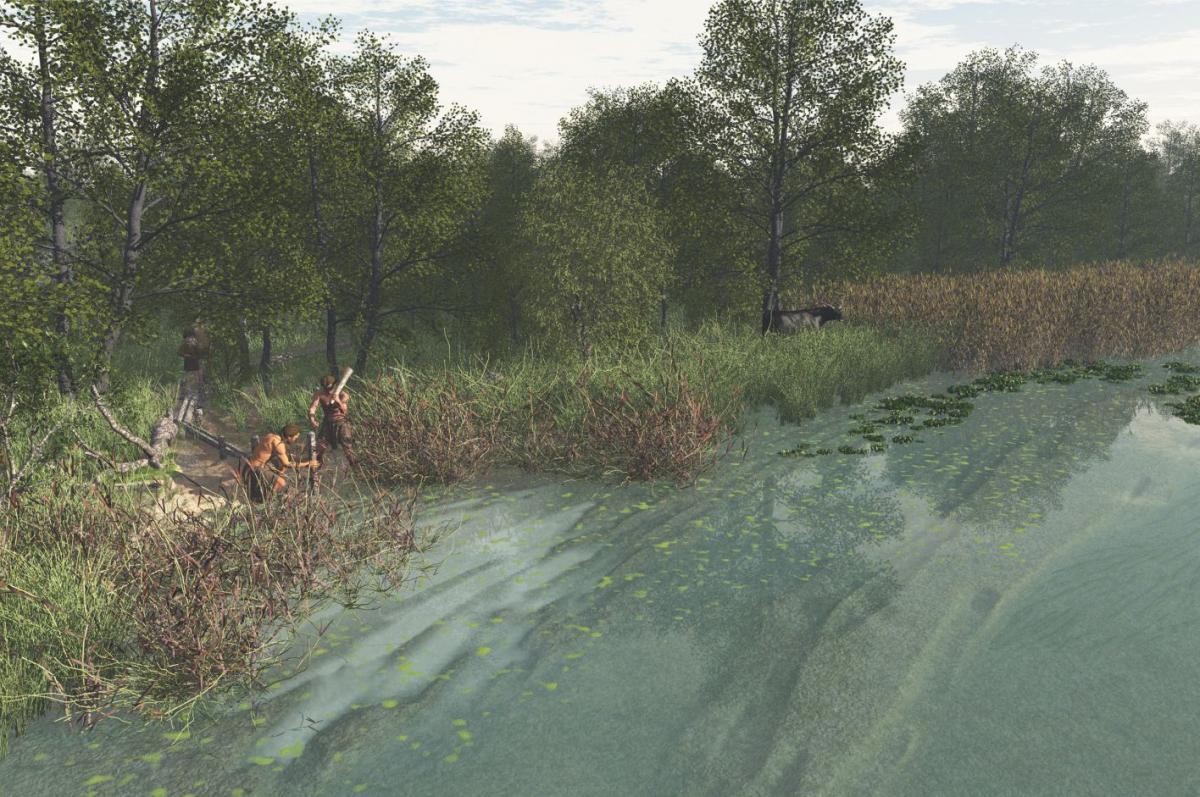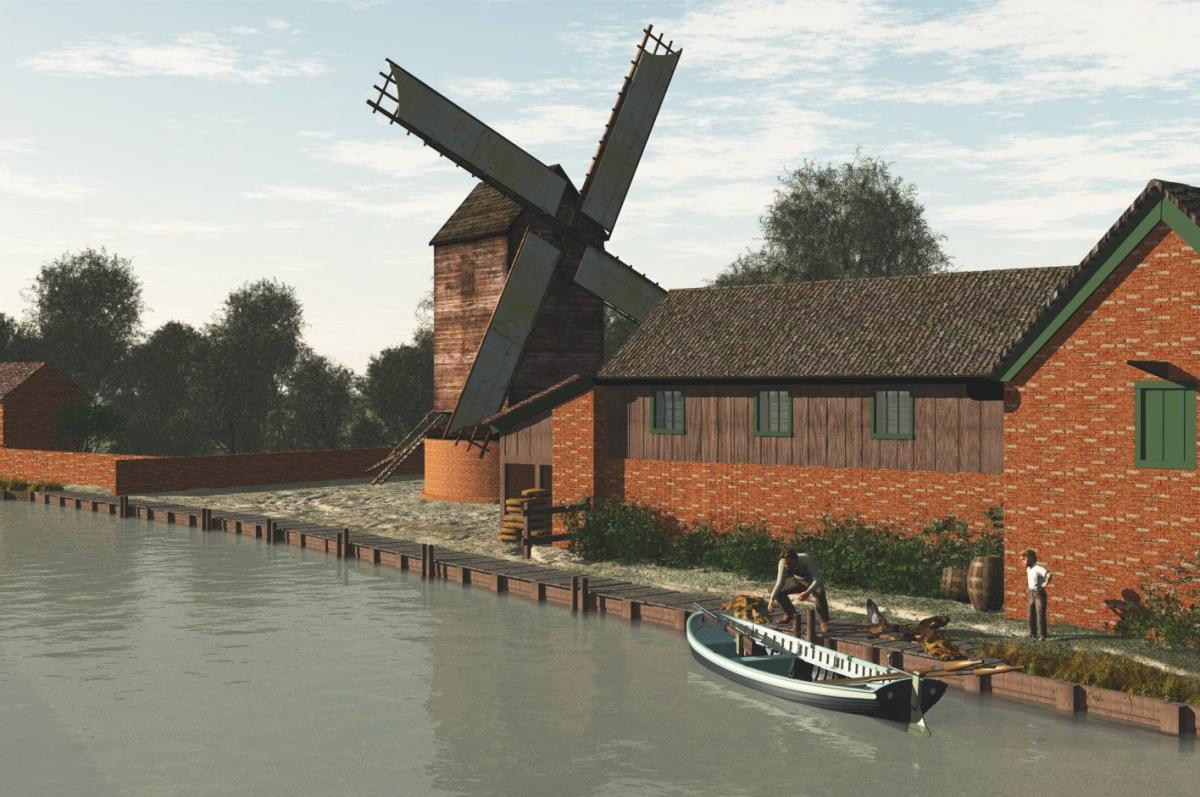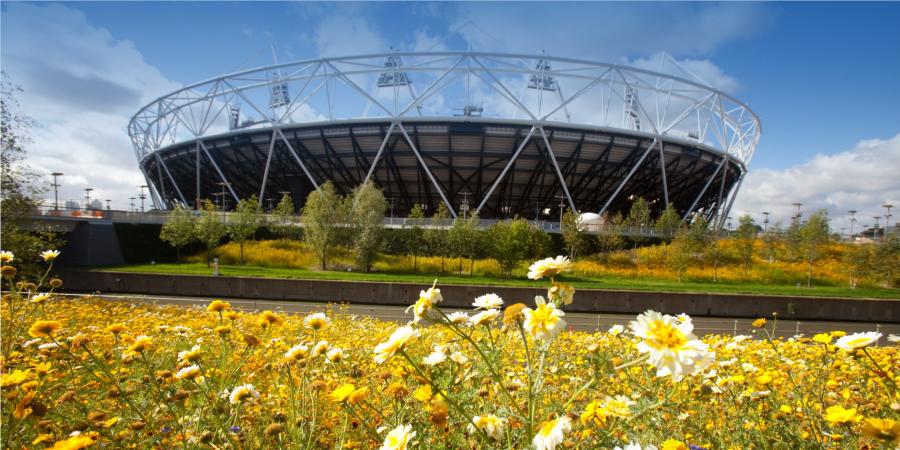51.538754950688, -0.016651153564453
Wessex Archaeology, as official supplier of archaeological and heritage services to the Olympic Delivery Authority, analysed and published the results of the archaeological and cultural heritage investigations at the Olympic Park – the site of the London 2012 Olympic and Paralympic Games.
The Challenge
In 2005, as soon as London won the bid to host the 2012 Games, a multi-disciplinary programme of archaeological and historical research was set in motion. Its purpose was to reveal and record the cultural heritage of some 246 hectares of the Lower Lea Valley, some of it deeply buried, before the bulldozers moved in and site was transformed into the Olympic Park.
Our challenge was then to analyse the data – geoarchaeological, palaeoenvironmental and archaeological, from documents, maps and building recording, as well as from oral history accounts of local residents – and to make the unique story of the site, spanning some 13,000 years, widely accessible through print publications, community engagement and other media – all to a very tight deadline.


Our Approach
The works on the Olympic Park were undertaken by many different organisations, and Wessex Archaeology was involved from the start with the geoarchaeological analysis of data from almost 4000 boreholes across the site. This provided an essential understanding on the evolving environment and buried history of the Lower Lea Valley, identifying its ancient channels and areas of dry habitable land. Combined with documentary research, this work helped identify locations where the archaeological investigations would be most productively targeted, with some of the trenches cutting through deep and industrially contaminated deposits.
Once the fieldwork had been completed, it was Wessex Archaeology’s task to analyse the diverse mass of accumulated data – from 121 evaluation trenches, eight areas of detailed excavation, 52 built heritage sites, producing some 10,000 archaeological finds spanning over 10,000 years, hundreds of environmental samples and numerous radiocarbon dates.
By River, Fields and Factory is a hugely readable, compelling and enjoyable account of the change in land use and associated structures from the prehistoric period to present day.
Our Results
With its wide range of specialists Wessex Archaeology was able to bring to life the fascinating story of the site, which starts at the end of the last Ice Age and encompasses prehistoric settlement, medieval mills, a Victorian riverboat, and a rich industrial heritage. It tells the story a landscape which both shaped and was shaped by the course of the River Lea, by the communities that have lived and worked along its banks, and by the city into which it was eventually subsumed.
The story of the Olympic Park is told in detail in a Wessex Archaeology monograph: By River, Fields and Factories: the making of the Lower Lea Valley: archaeological and cultural heritage investigations on the site of the London 2012 Olympic and Paralympic Games (2012), Wessex Archaeology monograph and in a popular booklet: Renewing The Past: unearthing the history of the Olympic Park site (2012)
52 built heritage sites
4000+ boreholes
10,000 objects recovered
